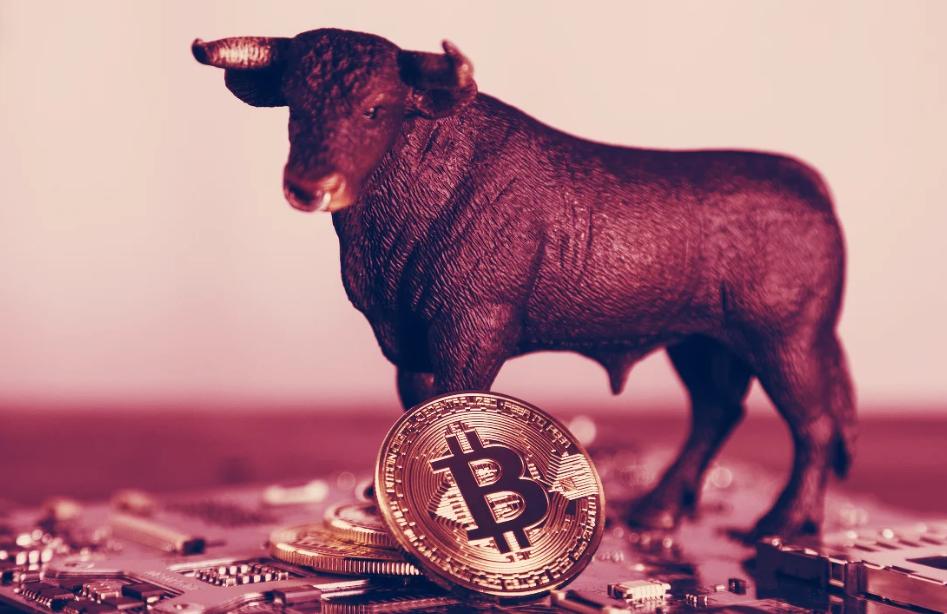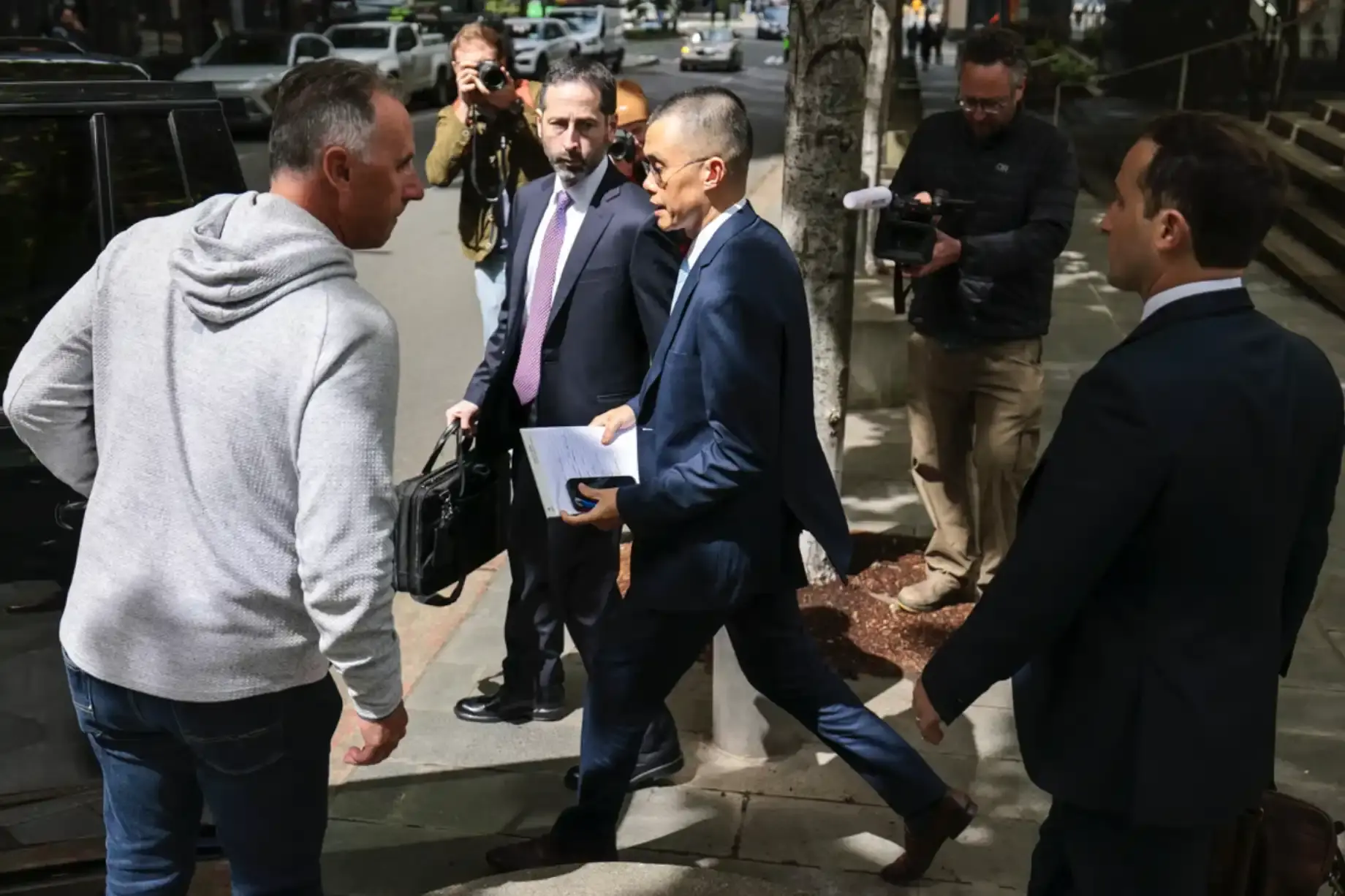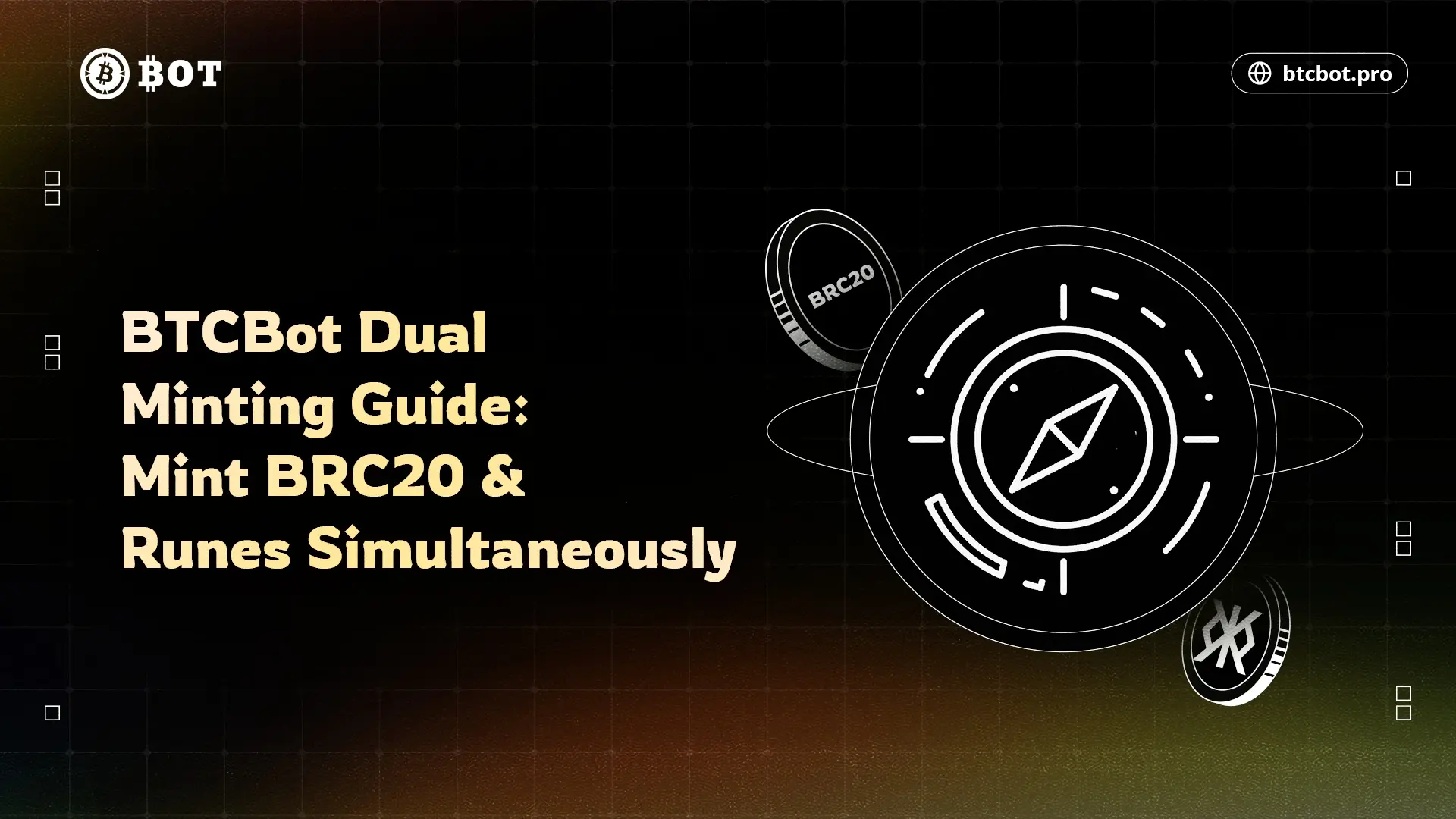From BRC20 to RUNES, the Great Migration of Bitcoin Casinos
Author: Jaleel Jia Liu, BlockBeats
RUNES aims to be the "Las Vegas" on the Bitcoin network, but BRC20 does not want to become "Atlantic City."
When it comes to some of the world's most famous casinos, many people's first reactions are "Las Vegas" or "Macau," while "Atlantic City," the first gambling city in American history located in southeastern New Jersey, has long since declined and been forgotten, even though "Atlantic City" once netted $3 billion a year.

Image source: Internet
At the Ordinals Asia event in Hong Kong two weeks ago, Casey Rodarmor, the founder of Ordinals and the RUNES protocol, candidly stated during his speech: "If Ordinals and RUNES are a casino that is more transparent, more decentralized, and has a lower house edge than Las Vegas, where all Degen can be happy, I think that would be very good." Related reading: 《Ordinals Founder’s Hong Kong Speech: Why Not an Interstellar Casino?》
The RUNES ecosystem has been live for over a month, and its market capitalization has not only reached Casey's initial target of one billion dollars, but in recent days, the ecosystem's assets have also seen a new round of widespread gains.
On May 29, DOG • GO • TO • THE • MOON saw a 24-hour increase of 38.83%, reaching an all-time high; RSIC • GENESIS • RUNE had a 24-hour increase of 14.15%; PUPS • WORLD • PEACE saw a 24-hour increase of 31%; and CATS • IN • THE • SATS had a 24-hour increase of 56%.

Yesterday's RUNES ecosystem gains, data source: Geniidata
Casey honestly admits that the RUNES he created is a casino, and he hopes users have the best experience here. "For each of us, viewing the construction on Ordinals, inscriptions, and RUNES from the perspective of creating social, gambling, and entertainment products is honest and practical. We don’t need to hide anything; let your users experience the fairest and most interesting products."
While RUNES is experiencing widespread gains, many community members are also recalling the first MEME big casino on the Bitcoin ecosystem. Has BRC20, like "Atlantic City," also declined?
How Big is RUNES' Threat to BRC20?
Before RUNES officially launched, many community members seemed to have already sensed some competition between RUNES and BRC20. People often joked that Ordinals is an ecosystem where "arguments never stop," and the official launch of "RUNES" means that this ideological conflict will turn into a real war—a war between the new casino and the old casino.
Related reading: 《RUNES is Coming, Is a War of Ordinals About to Break Out?》
The Personal Experience of "Gamblers"
For "gamblers," the biggest difference and advantage of RUNES compared to BRC20 is that the "casino" transaction experience is much better.
BRC20 requires two transactions—inscribing and transferring—to complete a transfer, while RUNES eliminates the inscribing step and only requires one transaction.
"The selling process of BRC20 is that I first need to inscribe a transfer inscription, wait for confirmation on-chain, and then transfer this inscription, which again requires confirmation on-chain. This means two gas fees, two waiting times, and both time and money costs are very high. Moreover, it leads to a lot of 546 sats being occupied in the wallet, and this junk will always exist," Bitcoin ecosystem observer and player 0xSea explained in detail to BlockBeats.
This means that BRC20 leaves more transaction records on the blockchain, with each transfer adding extra transactions, which not only increases costs but also adds network burden. In contrast, RUNES has significantly lower transaction fees and higher efficiency.
From a cost perspective, the RUNES protocol can reduce the total cost of minting transactions by up to 60%. In an interview, 0xSea commented on this: "RUNES indeed improves some issues of BRC20. For example, when dealing with small UTXO expansion, BRC20 requires additional inscribe operations, while RUNES does not need to because it is based on the UTXO mechanism. Although BRC20 has made improvements in this regard, RUNES performs more prominently in the deployment of new tokens."
This has always been Casey's dissatisfaction with BRC20—generating a large amount of "junk" UTXO is also the reason Casey proposed the concept of "RUNES." Runes are native to Bitcoin's unspent transaction output (UTXO) model, minimizing the generation of "junk" UTXOs, thereby achieving more responsible UTXO management and a smaller on-chain footprint.
"I really dislike this aspect of BRC20; transactions require so many gas fees. When gas fees are high, the costs I have to pay for minting, listing, and selling are really high," an anonymous community member told BlockBeats. "Because of this, I basically have to multiply the selling price by three or four times to break even. If there is no good support and continued development behind this token, then minting is a loss."
The transaction experience of RUNE is smoother and more seamless. This anonymous community member stated: "In contrast, the multiple transactions and complex steps of BRC20 seem cumbersome and time-consuming. Sometimes I even feel that this is largely related to Domo's personality or way of doing things; his progress on BRC20 is really slow. Unlike Casey, who directly merges code on GitHub when he thinks it's okay."
However, some community members believe that Domo's caution and steady progress also have their reasonableness: "To some extent, ensuring the safety and stability of this system, being a bit slower is acceptable."
BRC20's Small and Medium Assets Struggling to Survive
A netizen who passed through "Atlantic City" stated that he saw no signs of prosperity in the city; not to mention luxury cars, even pedestrians were particularly few, making it feel like a "ghost town." Although today's BRC20 is not an empty city like "Atlantic City," there are already rumors in the community that "RUNES will eventually kill BRC20."

Image source: Internet
"For already existing top BRC20 tokens like Ordi and Sats, there won't be much impact, but for small and medium-sized BRC20 tokens, RUNES will definitely have a significant impact on them." 0xSea told BlockBeats.
0xSea further explained: The threat of RUNES to BRC20 can be viewed from multiple levels. For BRC20, tokens like Ordi have already launched on major trading platforms like OKX and Binance, and their liquidity is mainly concentrated in CEX, so they won't be too threatened by RUNES. However, for newly issued BRC20 tokens, I believe there will be a significant impact, especially for those with a market cap of only a few million dollars."
This point is also supported by data. As of the time of writing, Ordi has risen from a low of around $36 to $49, an increase of 36%, and Sats has also risen by 14% this week.
Looking at trading volume, the Ordi/USDT trading pair on Binance had a trading volume of $208 million in the past 24 hours, while the Sats/USDT trading pair had a trading volume of $97.97 million, but on-chain, they only had $130,000 and $38,000 in trading volume, respectively. Clearly, Ordi and Sats have much more trading volume on centralized exchanges.

Data source: Geniidata
According to Geniidata, on May 31, only six BRC20 tokens, wzrd, core, pai, Piin, Ordi, and PUPS, had a 24-hour trading volume exceeding $100,000. In contrast, on the RUNES side, Geniidata data from May 31 shows that 17 tokens had a 24-hour trading volume exceeding $100,000.

Data source: Geniidata
"If you originally planned to launch a new token on BRC20, or if a project party wants to issue a new coin, under the current circumstances, everyone might choose RUNES. Because RUNES has gained more on-chain infrastructure support in a short time, such as wallet and minting platform support. In the short term, RUNES's traffic exposure far exceeds that of BRC20." 0xSea told BlockBeats.
In discussions with BlockBeats, the team from the Bitcoin ecosystem lending protocol Shell Finance revealed that they will utilize the NFT Fair Launch on the Ordinals protocol to complete core community building and the cold start of products and liquidity. Regarding the view that "BRC20 will be completely replaced by RUNES," the Shell Finance team believes this is not entirely accurate: "This view is only partially correct; RUNES assets do indeed impact BRC20, but the main impact is on BRC20's MEME coins."
How Can BRC20 Defend Against Not Wanting to Become Atlantic City?
During the heyday of "Atlantic City," theaters, cinemas, concert halls, dance halls, and gift shops serving the gambling industry opened and rapidly developed. Also, because it is a seaside tourist destination and a famous health resort, the world-renowned boardwalk was built along the coast. Therefore, after the gambling business declined, Atlantic City almost transformed into a tourist city focused on leisure travel.
Now, facing the direct hit from RUNES and the encirclement of various other Bitcoin FT protocols, BRC20's "casino" business is also undergoing "industrial upgrading and migration" as a defense.
5-Character Inscriptions and "Self-Minting" Mechanism
"How should BRC20 respond? Actually, I think many people in the BRC20 ecosystem have already realized this issue, so they released an improved version in advance within one to two weeks before RUNES officially launched. This update introduced a five-character ticker, allowing project parties to self-mint. This is entirely for the consideration of project parties, enabling them to choose to self-mint tokens and then decide how to distribute them to other users," 0xSea analyzed.
Just before the launch of RUNES, BRC20's recent update not only supported the 5-character ticker but also introduced a "self-issuance" mechanism, allowing project parties to deploy and complete token issuance on their own, while also supporting a burning mechanism.
These updates have enabled BRC20 to achieve a certain degree of industrial upgrading, facilitating centralized issuance for project parties and stimulating market performance through deflationary mechanics. Whether or not founder Domo intended this, it means that the two will enter into fierce competition.
After the 5-character ticker was activated at block height 837090, the first batch of enthusiasts scrambling to deploy five-character tokens even drove gas costs up to thousands of dollars. Moreover, some keen observers noticed that a user eager to purchase inscribed in their wallet address: "My purpose in collecting these tickers is to hope to donate them for free to interesting and hardworking individuals or teams continuously building in the Ordinals ecosystem."
Currently, the Pizza airdrop by Unisat is also one of the five-character tickers that were purchased at that time and was gifted to Unisat by community friends.
The Shell Finance team stated: "After upgrading to a five-character ticker, this means that BRC20 has begun to shift from a MEME coin factory to a DeFi systemic infrastructure and application. RUNES mainly impacts the assets and traffic of four-character MEME coins, and I agree with this because it indeed has a significant effect. However, for the Bifi scenario on Bitcoin, that is the ultimate battle of asset protocols; whoever can attract more developers to build new applications based on asset protocols will be the one to laugh last. Currently, BRC20 has begun to get involved, and AVM is advancing, while Runes has not yet started."
Is "Industrial Migration" Competitive?
Just like "Atlantic City" was replaced by "Las Vegas" and began to actively or passively develop tourism.
After BRC20 is no longer the first choice for "gamblers," it has also begun to actively or passively migrate its industry from "Bitcoin casino" to DeFi infrastructure. "In the early days, we chose to issue the synthetic stablecoin asset $BTCx on BRC20 because Shell Finance needed support from a swap protocol and service provider. In contrast, BRC20 has more mature infrastructures like Unisat to assist in development," Shell Finance stated.
"With the development of the RUNES protocol, we can also see that some DEX infrastructure projects are beginning to build on RUNES. Whether it's MagicEden launching the Runes Swap feature or Runes DEX, they are starting to build infrastructure based on RUNES. So we are now continuously observing and considering whether we should switch to the RUNES track to build Shell Finance." Shell Finance told BlockBeats.
As RUNES develops, if DeFi protocols emerge within its ecosystem that support functions like collateral and asset management, then BRC-20 will still face certain competitive pressure. In this view, BRC20's "industrial migration" does not have much long-term competitiveness and advantage.
In the long run, BRC20 faces several threats: Although RUNES is a standard at the Ordinals protocol level, its implementation does not rely on the Ordinals protocol. It is independent, like Taproot Assets and RGB. In contrast, BRC20's implementation relies on the Ordinals protocol, making BRC20's development appear passive in the long run.
Secondly, RUNES and the Ordinals protocol will also create more "interactivity." For example, the BLOB team co-founder is one of the developers of the Ordinals protocol and is currently developing recursive runes that link RUNES and Ordinals. Related reading: 《Are Recursive Runes Coming?》
"The RUNES protocol should not be viewed and evaluated in isolation; it should be evaluated together with Ordinals, as this is an important dimension for attracting developers," 0xSea stated. He strongly believes that the relationship between RUNES and Ordinals is like soy milk paired with fried dough sticks, similar to the relationship between Ethereum's ERC20 and ERC721, which will create a good synergistic effect, and the effect will definitely be greater than the sum of its parts. "The interoperability between RUNES and the Ordinals protocol may yield double the results, but of course, the challenges for developers and project parties will also be doubled."
Fortunately, for BRC20 at present, the development of RUNES' infrastructure is not yet fully established, and the DeFi infrastructure is in a state of fluctuation. The leading effect of RUNES has not yet fully manifested; apart from the RUNES token DOG • GO • TO • THE • MOON, there is no particularly clear leader on RUNES, unlike Ordi and Sats, which have firmly secured their "throne."
Faced with the encirclement of the new casino, how can the old casino continue to survive? In this critical year, BRC20 must provide its own answer.










